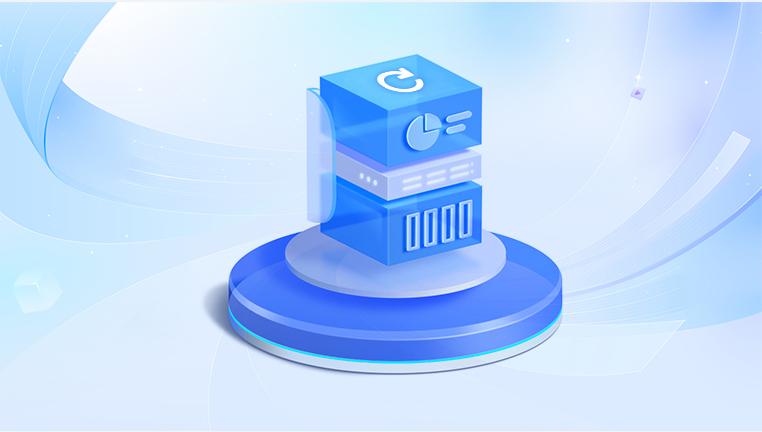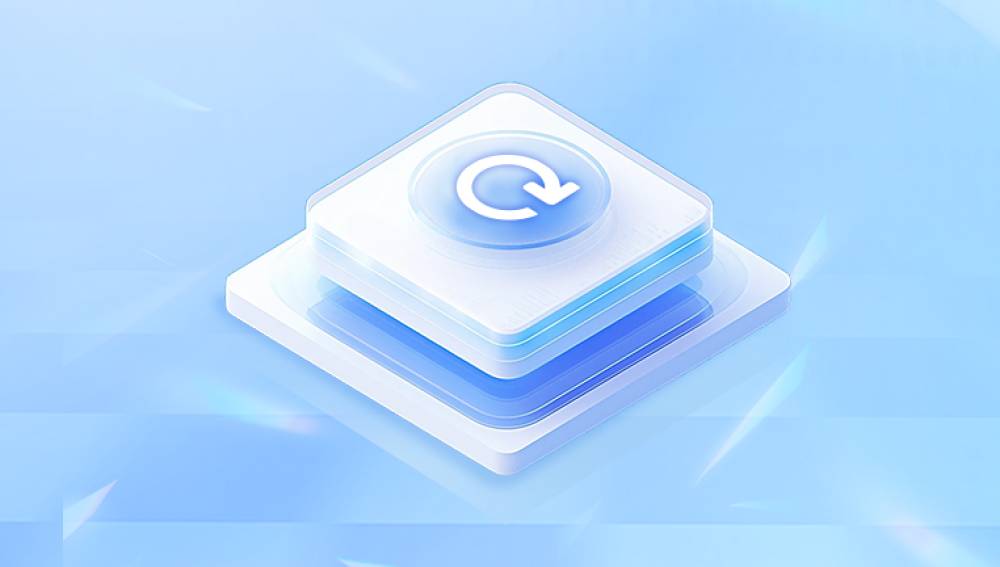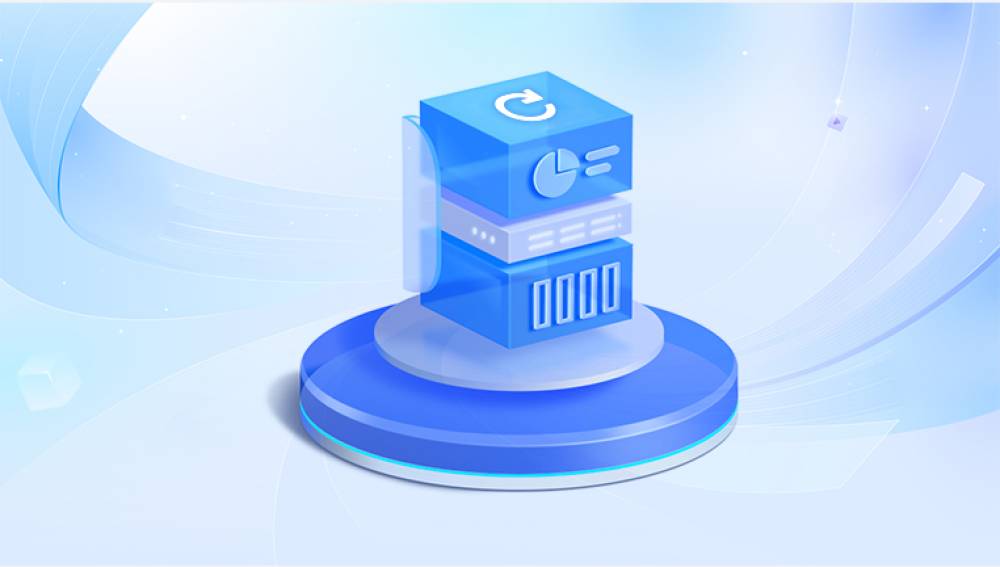A hard disk is more than just a component in your computer; it’s the vault that holds years of work, cherished memories, and irreplaceable files. Yet, like any physical device, it is susceptible to damage. The moment your computer fails to recognize the drive, files become inaccessible, or strange noises start emanating from your system, panic sets in. For many, the first thought is: “Is my data gone forever?” Fortunately, the answer is often no but only if you act carefully and correctly.
Data retrieval from a damaged hard disk is a delicate process. The success rate depends largely on the type and extent of the damage, the actions you take immediately after noticing the problem, and whether you use the right tools or professional services. This guide will walk you through the process of recovering data from damaged hard drives, step by step, so you can make informed decisions and maximize your chances of success.

1. Logical Damage
Logical damage occurs when the file system or partition structure becomes corrupted, making data inaccessible even though the drive’s hardware is intact. Common causes include:
Accidental deletion or formatting
Corrupted file system due to improper shutdowns
Malware attacks
Partition table errors
In these cases, data retrieval software can often restore lost files.
2. Physical Damage
Physical damage affects the hardware components of the hard disk. This includes:
Head crashes
Platter scratches
Damaged PCB (printed circuit board)
Motor failure
Physical damage is far more serious and often requires professional recovery services in a cleanroom environment.
Early Signs of a Damaged Hard Disk
Recognizing symptoms early can prevent permanent data loss:
Clicking, grinding, or whirring noises from the drive
Slow file access or frequent system freezes
Files or folders disappearing unexpectedly
Error messages like “Drive not recognized” or “File system not found”
The drive becoming extremely hot to touch
If your disk shows signs of physical failure, avoid repeated attempts to power it on—this can worsen the damage.
Precautions Before Recovery
Stop Using the Drive
Prevent further data overwriting or mechanical deterioration.
Avoid DIY Physical Repairs
Opening a drive outside a dust-free environment can destroy it.
Use a Different Computer
If your main system is unstable, connect the drive as an external device to another machine.
Prepare a Storage Destination
Have a separate healthy drive ready for saving recovered files.
Step-by-Step: Retrieving Data From a Logically Damaged Drive
If your drive is physically intact but inaccessible due to logical corruption, you can attempt software recovery.
Step 1 – Connect the Drive
For internal drives, use a USB-to-SATA adapter or an external enclosure.
Ensure the system detects the drive in BIOS or Disk Management.
Step 2 – Choose Reliable Recovery Software
Popular free and paid options include:
Drecov Data Recovery
Drecov Data Recovery is a reliable and user-friendly tool designed to help you retrieve files from damaged or corrupted hard disks. Whether the damage is due to accidental deletion, file system errors, malware attacks, or bad sectors, the software offers advanced scanning algorithms to locate and recover inaccessible data while keeping your existing files safe.
When dealing with a damaged hard disk, time is critical. Drecov Data Recovery minimizes the risk of further data loss by using a read-only recovery process, which means it scans your drive without making changes to its content. This approach ensures that no new data overwrites the files you’re trying to restore.
The software supports recovery from various storage devices, including internal and external HDDs, SSDs, USB drives, and memory cards. It can handle multiple file types—documents, photos, videos, music, and even email archives—making it a versatile solution for both home users and professionals.
Using Drecov Data Recovery is straightforward:
Connect the damaged hard disk to your computer.
Launch the program and select the affected drive.
Run a quick scan for recently lost files or a deep scan for severely damaged data.
Preview the recoverable files to confirm their integrity.
Save the restored data to a separate, healthy storage device.
The free download version lets you test the full scanning capabilities and recover a limited amount of data, which is perfect for evaluating the software before upgrading.
Step 3 – Scan the Drive
Start with a quick scan for recently deleted files.
If results are incomplete, run a deep scan for a more thorough search.
Step 4 – Preview Files
Most tools allow you to check file integrity before saving.
Step 5 – Save to a Different Drive
Never recover files back to the damaged drive to avoid overwriting.
When the Drive Is Physically Damaged
If you suspect physical failure (clicking noises, burning smell, drive not spinning), do not attempt software recovery—it can worsen the situation.
Options:
Professional Data Recovery Services
Specialists have tools to replace damaged parts and read platters in a controlled cleanroom environment.
PCB Replacement
Only feasible if you have an identical donor drive and advanced skills.
Freezing Method (Not Recommended)
An old trick involving cooling the drive to temporarily restore function—can cause condensation damage and is risky.
Using Professional Data Recovery Services
Advantages:
High success rate for severe damage
Expertise in both hardware and software issues
Safe, cleanroom environment
Disadvantages:
Can be expensive (hundreds to thousands of dollars)
Recovery time varies depending on severity
Choosing a Service:
Look for companies with certified cleanrooms (Class 100 or better)
Check customer reviews
Ask about a “no data, no fee” policy
DIY Tools for Advanced Users
If you have technical experience, specialized tools like ddrescue (Linux) can help clone failing drives sector-by-sector to a healthy disk, minimizing further wear.
Preventing Future Hard Disk Damage
Regular Backups
Use external drives or cloud storage
Avoid Physical Shock
Keep laptops and drives on stable surfaces
Maintain Proper Cooling
Overheating shortens drive lifespan
Use a UPS
Prevents corruption from sudden power loss
Run Disk Health Checks
Tools like CrystalDiskInfo monitor SMART data
Common Mistakes to Avoid
Continuing to use a failing drive
Installing recovery software onto the damaged disk
Opening the hard disk without proper facilities
Trusting unverified online “fix” videos
Retrieving data from a damaged hard disk is a time-sensitive and delicate process. With logical damage, free or paid recovery tools can work wonders. However, for physical damage, professional intervention is often the safest route. The key to success lies in quick action, avoiding risky DIY repairs, and ensuring you have a backup strategy to safeguard your digital life in the future.
A damaged drive doesn’t always mean permanent loss by using the right approach, you can often recover your valuable files and keep moving forward without losing years of memories or important work.




